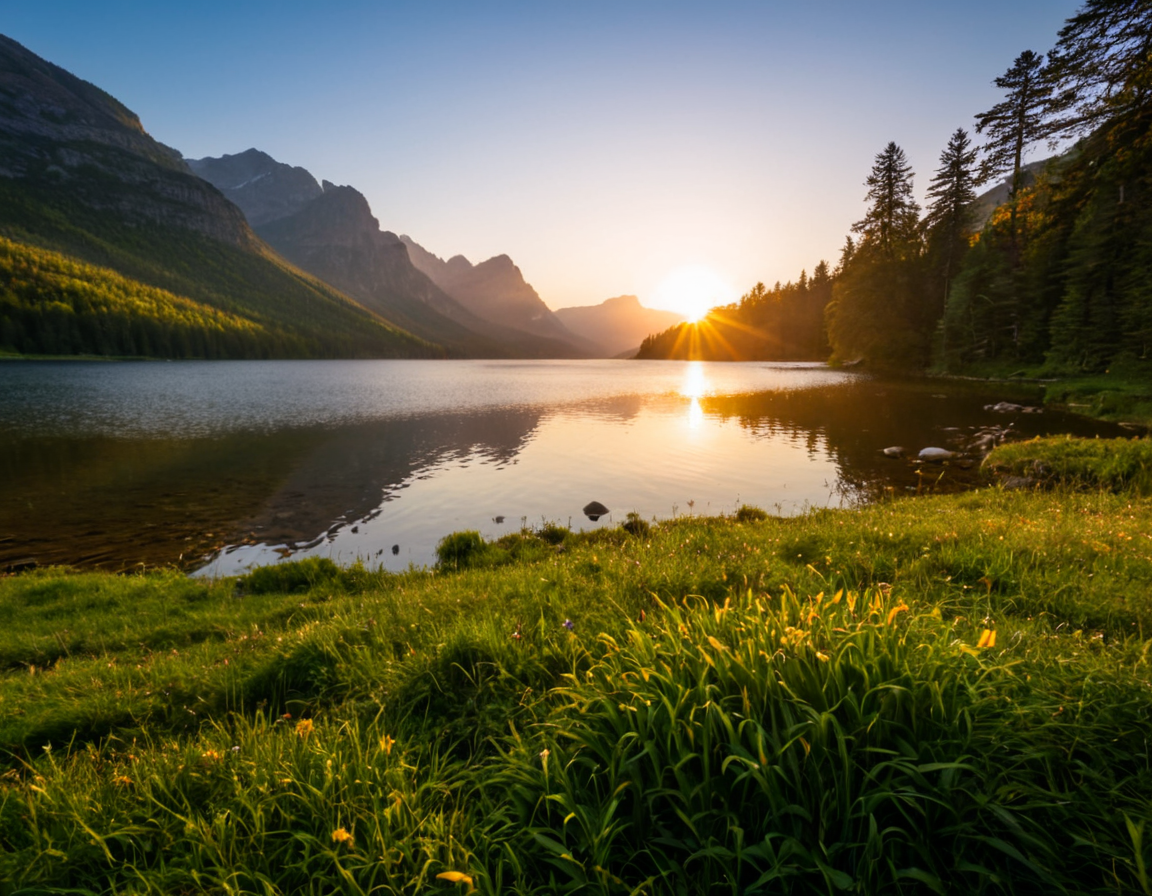Landscape Photography Guide + Expert Tips

Guide to Landscape Photography (+ 9 Expert Tips!)
Introduction
Landscape photography is a popular and rewarding genre that challenges photographers to capture the beauty of nature while conveying a sense of atmosphere and mood. The art form requires a deep understanding of composition, lighting, and the technical aspects of capturing images in the great outdoors. In this guide, we’ll delve into the world of landscape photography, exploring expert tips and techniques to help you take your skills to the next level.
Understanding the Fundamentals
Before we dive into the nitty-gritty of landscape photography, it’s essential to grasp the fundamental principles that underpin the genre. These include:
- Lighting: Natural light is a photographer’s best friend. Golden hour, blue hour, and overcast skies all offer unique opportunities for capturing stunning images.
- Composition: The rule of thirds, leading lines, and framing are just a few techniques to consider when crafting visually appealing compositions.
- Camera Equipment: Understanding the limitations and capabilities of your gear is crucial for delivering high-quality results.
Preparation is Key
Before embarking on a photography expedition, it’s vital to prepare yourself and your equipment. This includes:
- Researching Locations: Scouting potential locations in advance can help you make the most of your time.
- Checking Weather Forecasts: Understanding the local weather patterns can aid in making informed decisions about when to shoot.
- Packing Essential Gear: Bringing the right equipment can ensure that you’re well-equipped for the task at hand.
Expert Tips
1. Shoot During the Golden Hour
The golden hour, which occurs during the first and last periods of daylight, offers a range of benefits for landscape photographers. Soft, warm light creates long shadows, adding depth and interest to your images.
2. Use a Tripod for Stabilization
A tripod is an indispensable tool for landscape photography. By providing stability, you can capture sharp images even in challenging conditions.
3. Experiment with Long Exposures
Long exposures can create striking effects, such as capturing movement or conveying a sense of time passing. Be mindful of your camera’s limitations and the potential for noise.
4. Pay Attention to Reflections
Reflections can add an extra layer of depth and interest to your images. Look for opportunities to capture reflections in water, glass, or other surfaces.
5. Respect the Environment
As a photographer, you have a responsibility to respect the environment and other stakeholders. Always follow local regulations and guidelines.
6. Shoot in RAW**
Capturing images in RAW format provides greater flexibility during post-processing. It also allows for more efficient noise reduction and color grading.
7. Don’t Overexpose**
Overexposure can result in lost details and a loss of dynamic range. Use your camera’s metering modes to ensure that you’re capturing the desired exposure.
8. Experiment with Different Angles**
Don’t be afraid to experiment with unusual angles and perspectives. This can add an extra layer of interest to your images.
9. Post-Processing is Key**
Post-processing plays a critical role in landscape photography. Learn to use software such as Lightroom and Photoshop to enhance your images without compromising their integrity.
Conclusion
Landscape photography is a challenging yet rewarding genre that requires dedication, patience, and practice. By following these expert tips and techniques, you can take your skills to the next level and capture stunning images that showcase the beauty of nature. Remember to always respect the environment and other stakeholders, and never compromise on the integrity of your work.
Call to Action
What’s your favorite landscape photography location? Share your experiences and tips in the comments below.
Tags
landscape-photography nature-capture outdoor-shooting camera-settings composition-tips
About Luis Torres
Hi, I'm Luis Torres, a photographer and blogger passionate about helping creatives grow. With a background in photography and a knack for teaching, I share actionable tips & techniques on lentecreativa.com to inspire and educate photographers of all levels.
